These letters consist primarily of correspondence exchanged between Madeleine Edison Sloane and her husband, John Eyre Sloane. Other correspondents include Mina Miller Edison, Charles Edison, Gen. Michael J. Lenahan, and W. E. Hitchcock of the London office of Guaranty Trust Co. Most of the letters were written by Madeleine during April-September 1918, following her return to Glenmont to await the birth of her second son, John Edison (Jack) Sloane. With the exception of a brief visit to New Jersey in early July, her husband remained in Washington, working in the office of the Chief of Staff in the Purchase & Supply Branch of the U.S. Signal Corps. The letters contain numerous references to World War I, which continued until the signing of the armistice on November 11, 1918. Included are comments about Liberty Loan campaigns, Red Cross drives, food conservation calls, civilian relief efforts, and the convalescent hospital for soldiers that Mrs. Annie Jenkins set up in her Llewellyn Park home. There are remarks about wartime women's organizations such as the "motor girls" of the Red Cross Motor Service and the "farmerettes" of the Woman's Land Army of America. Madeleine's own feelings about the role of women in the war are summarized by her remark that she "wouldn't be associated with these idiot women in their so-called war work for any thing under the sun."
Other war-related topics include Thomas Edison's discomfort around the many officers who were guests at Glenmont during the war; the attitude of Edison and his daughter toward opponents of the war; Madeleine's efforts to explain the concept of war to her two-year-old son, Teddy, and to convince her husband that there were valid reasons why her brothers Charles and Theodore had not enlisted; the deaths of acquaintances Vernon Booth, Mortimer Crane, and Michael McKay; the enlistment of Madeleine's half-brother William L. Edison in the U.S. Tank Corp. and his deployment to France; her attraction to Lt. Emil Breitfeld, a Jewish musician stationed in West Orange; the visit of the Blue Devils (an elite French army unit) to Glenmont in June; the impact of wartime labor shortages on the service staff at Glenmont; labor unrest at the Edison factories; and anticipated coal shortages during the winter of 1918-1919. Also included are references to an investigation by Charles Evan Hughes of possible impropriety in the awarding of aircraft contracts by the Signal Corps and a congressional investigation of the business dealings of Harry B. Mingle, who had purchased the Sloane Aeroplane Co. with Japanese backing in 1916.
In addition, there are nine letters that were written by Mina Edison during her stay at the U.S. Naval Station in Key West and the family's winter home in Fort Myers in February-April. Included are her impressions of the towns of Key West and Fort Myers, along with comments about the experimental work of Thomas and Theodore. Also included are remarks about the arrival at Fort Myers of Charles Edison and his friend Carolyn Hawkins and their spur-of-the-moment decision to get married before returning North. Letters by Mina and by Charles contain lengthy descriptions of the hastily arranged wedding and the reaction of Thomas and Mina to the surprise decision. Numerous comments about Carolyn, mostly of a negative character, appear in subsequent letters by Mina and Madeleine. Both women regarded her as somewhat frivolous and a bad influence on Charles, and Madeleine compared her unfavorably to Edith Hotchkiss, the new wife of her cousin Robert A. Miller, Jr. Mina was also concerned by the age disparity between Charles and the much older Carolyn.
Other topics include the death of former New York City Mayor John Purroy Mitchel, a cousin of John's half-brother Thomas O'Conor Sloane, Jr.; the death of Phoebe Canfield Meadowcroft, the wife of Edison's personal assistant William H. Meadowcroft; the marriage of Madeleine's friend Margaret Gregory to Victor Newell Camp; Madeleine's difficulties with her nursemaid, Genevieve Heslin; Henry Ford's U.S. Senate campaign; and Thomas Edison's camping trip with Ford, Harvey Firestone, and John Burroughs. There are also comments about family health issues, such as Mina's chronic depression, Madeleine's prolapsed kidney following the birth of her son, and a heart attack suffered by Carolyn's mother, Ada Hawkins. A letter by Madeleine, written the day before Jack's birth, discusses the disposition of her assets should she die in childbirth. The letters contain occasional references to the influenza epidemic (known as "Spanish Flu" or "the grippe"), which began in the fall of 1918 and ultimately took the lives of 675,000 Americans.
There are also numerous comments about the efforts of John and Madeleine to find suitable lodgings in Washington in advance of the family's return to the city in September. They ultimately did lease a three-story house on Newark Street previously occupied by the family of Madeleine's Bryn Mawr classmate, Elsa Denison Vorhees. The Sloane family lived on the second floor of the building, while Leslie and Helen Fort (son and daughter-in-law of former New Jersey Governor John Franklin Fort) resided on the third floor with their children. Madeleine's strained relationship with Helen is well documented in letters from November and December, written while John was stationed temporarily in the Midwest.
In addition, there are occasional comments about Thomas Edison's businesses and business associates, particularly Miller Reese Hutchison, who resigned as chief engineer of the West Orange laboratory on July 6, and Robert A. Bachman, who was dismissed as general manager of the Edison Storage Battery Co. two weeks later. Madeleine's distrust of the "old regime" at Thomas A. Edison, Inc., who "are all so eager to curry favor with Father" is articulated in a letter from April 28, while Mina's dissatisfaction with Charles's management of the company in his father's absence is mentioned in a letter from December 15. There are several references in the December letters to Edison's concern about the state of his businesses in the aftermath of the war and Mina's fear that these concerns might prevent the inventor from taking his customary Florida vacation. Also included are remarks about Edison's research, his personality and opinions, and his love of movies and automobile rides as leisure-time activities.
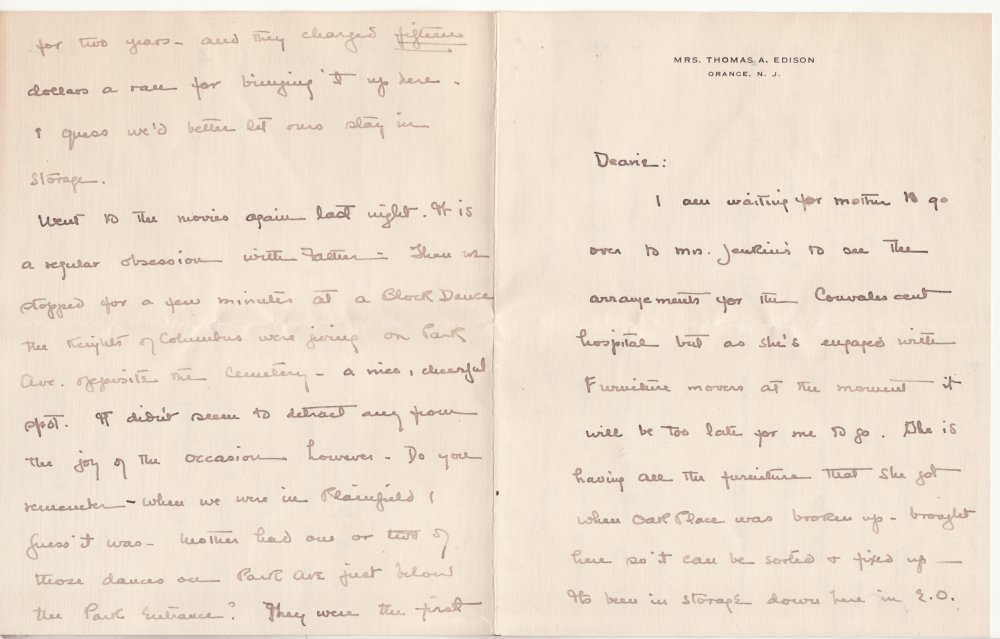 [X400JDU], Letter from Madeleine Edison to John Eyre Sloane, August 3rd, 1918 1918-08-03
[X400JDU], Letter from Madeleine Edison to John Eyre Sloane, August 3rd, 1918 1918-08-03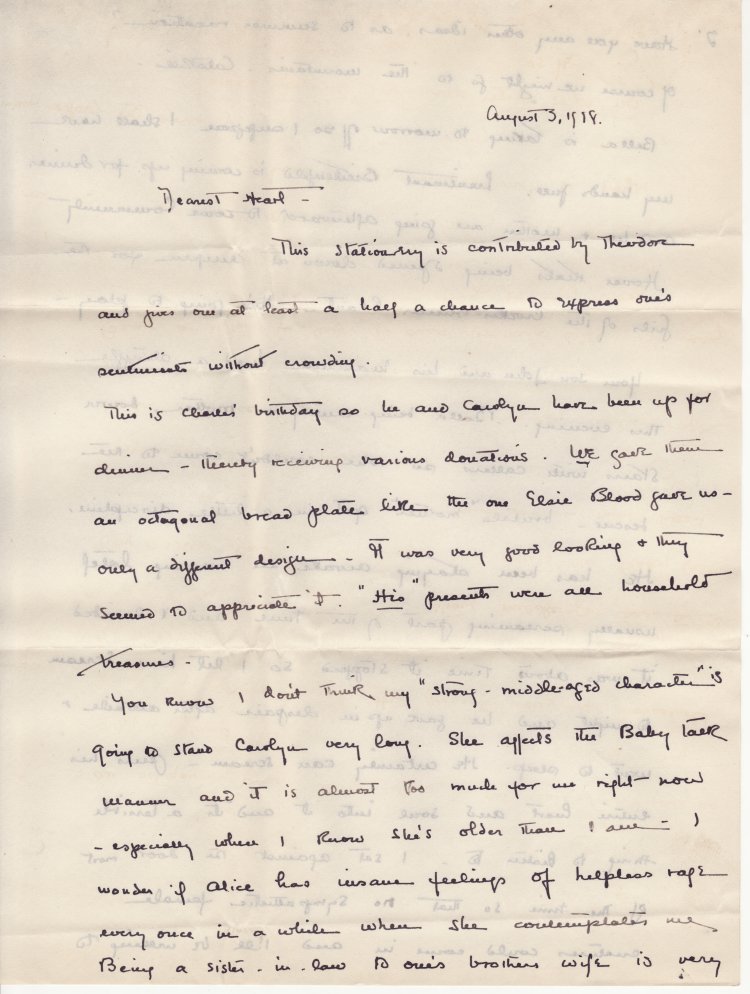 [X400JDV], Letter from Madeleine Edison to John Eyre Sloane, August 3rd, 1918 1918-08-03
[X400JDV], Letter from Madeleine Edison to John Eyre Sloane, August 3rd, 1918 1918-08-03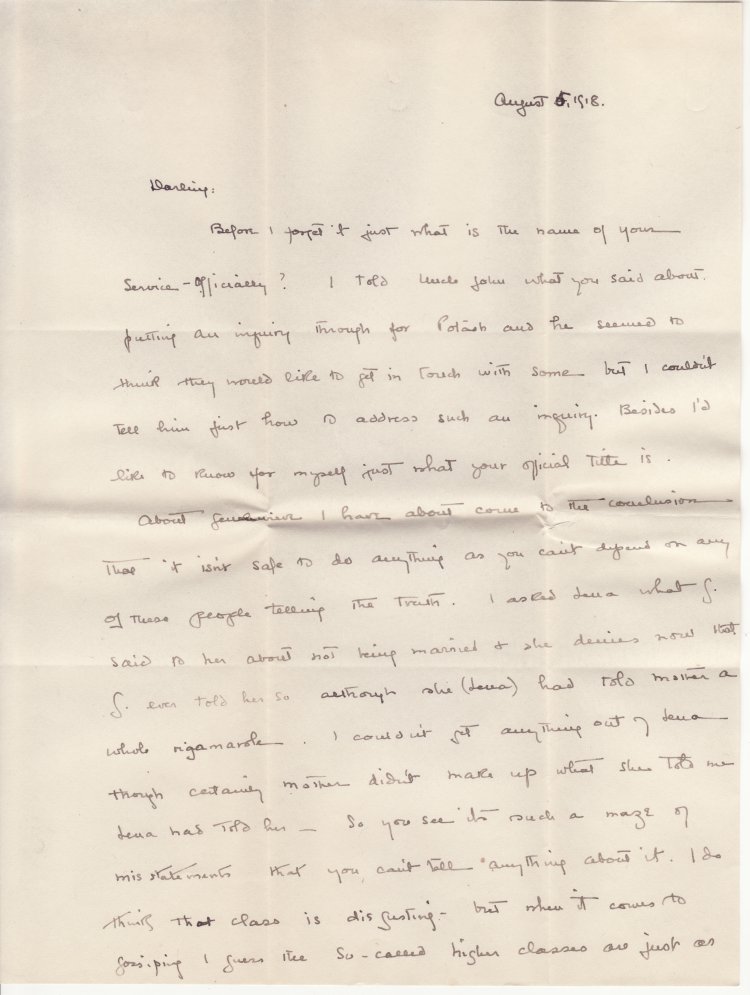 [X400JDW], Letter from Madeleine Edison to John Eyre Sloane, August 5th, 1918 1918-08-05
[X400JDW], Letter from Madeleine Edison to John Eyre Sloane, August 5th, 1918 1918-08-05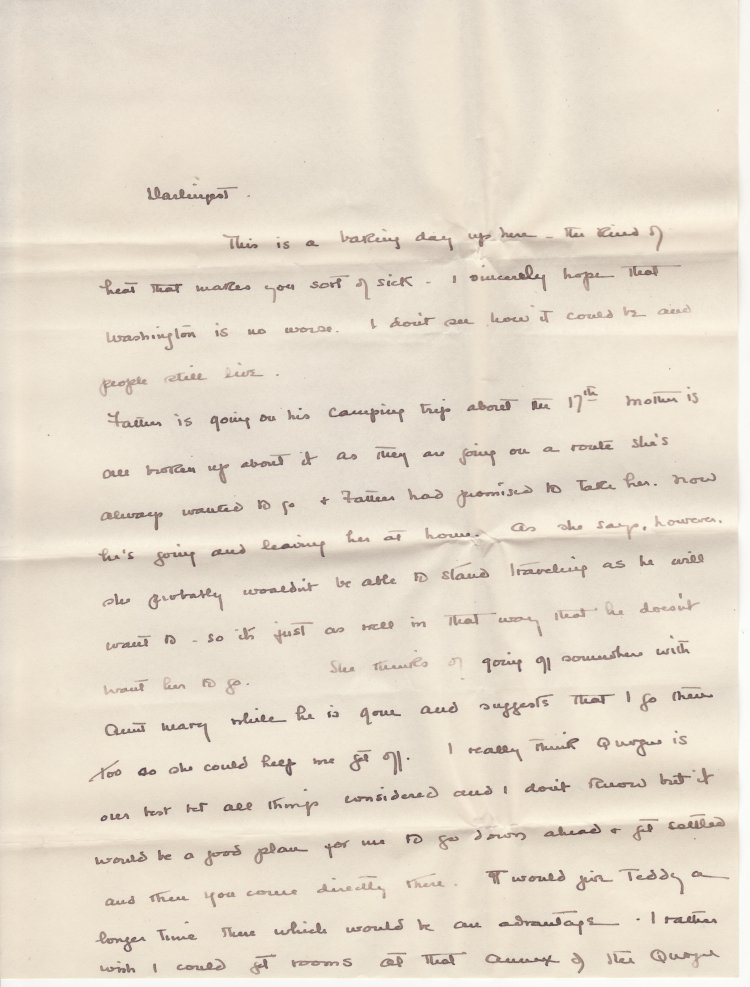 [X400JDX], Letter from Madeleine Edison to John Eyre Sloane, August 7th, 1918 1918-08-07
[X400JDX], Letter from Madeleine Edison to John Eyre Sloane, August 7th, 1918 1918-08-07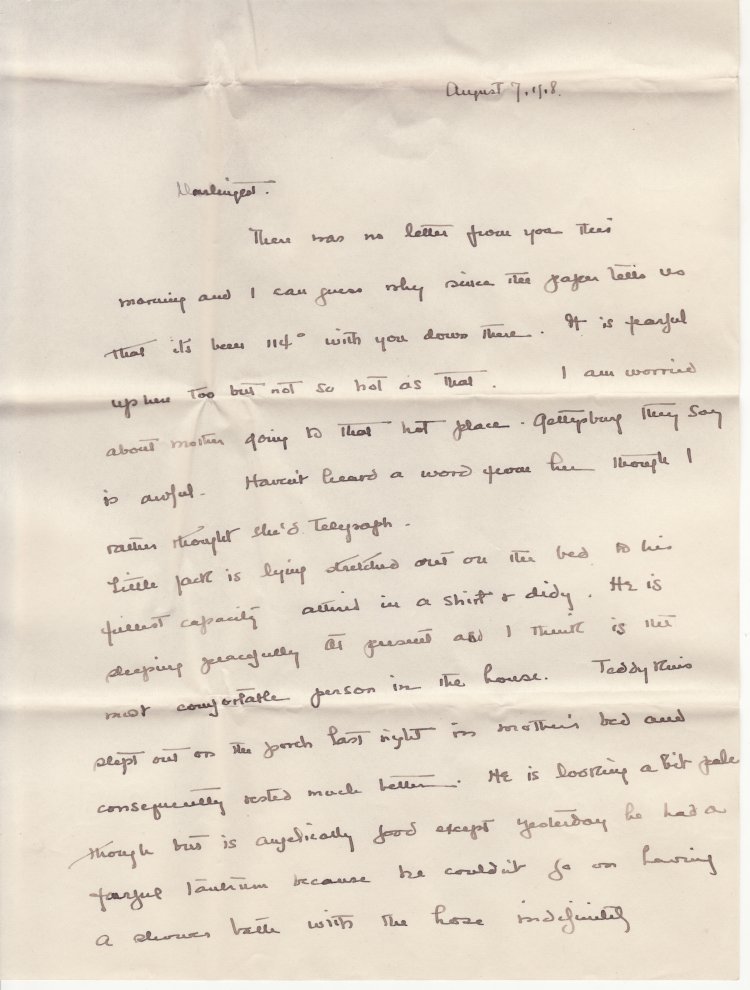 [X400JDY], Letter from Madeleine Edison to John Eyre Sloane, August 7th, 1918 1918-08-07
[X400JDY], Letter from Madeleine Edison to John Eyre Sloane, August 7th, 1918 1918-08-07 [X400JDZ], Letter from Thomas Edison Sloane, Madeleine Edison to John Eyre Sloane, August 8th, 1918 1918-08-08
[X400JDZ], Letter from Thomas Edison Sloane, Madeleine Edison to John Eyre Sloane, August 8th, 1918 1918-08-08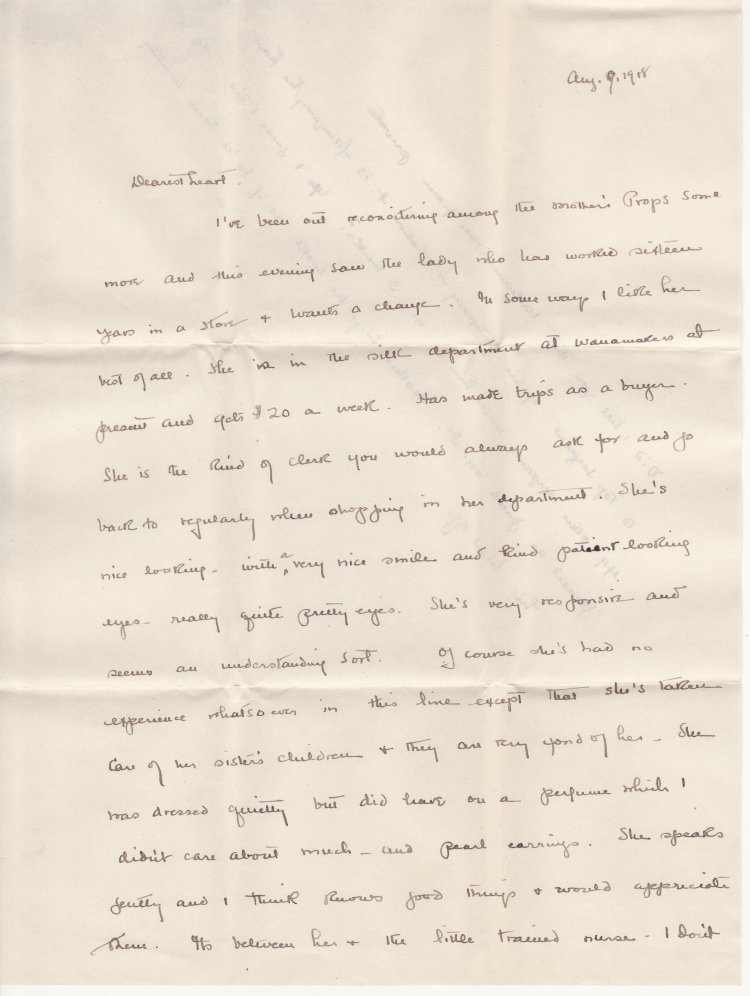 [X400JEA], Letter from Madeleine Edison to John Eyre Sloane, August 9th, 1918 1918-08-09
[X400JEA], Letter from Madeleine Edison to John Eyre Sloane, August 9th, 1918 1918-08-09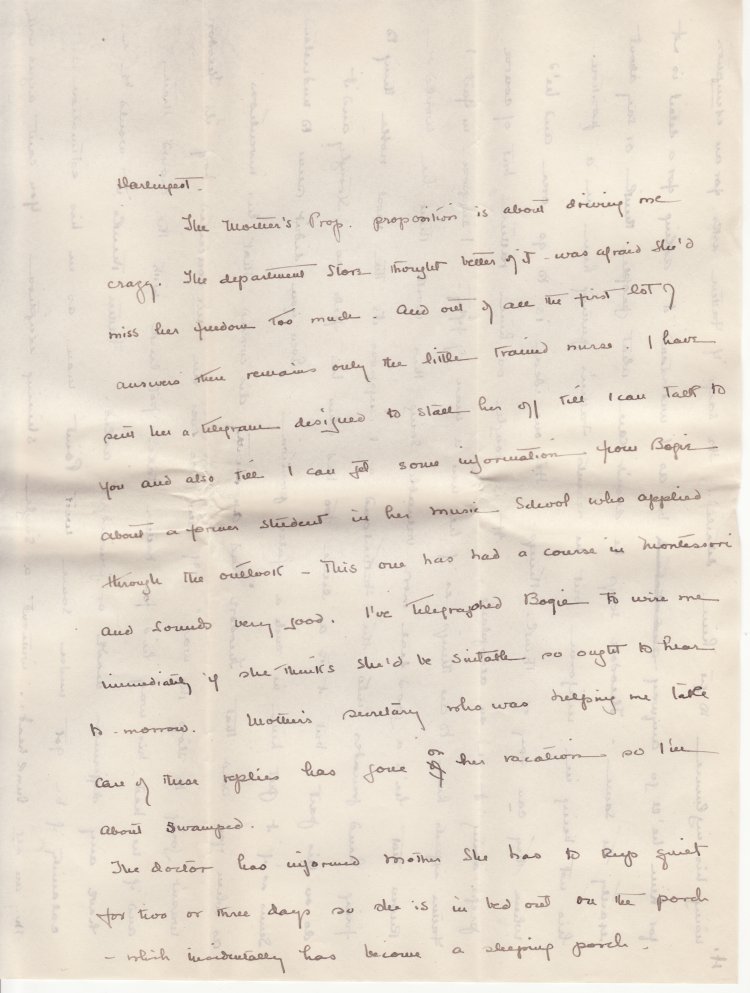 [X400JEB], Letter from Madeleine Edison to John Eyre Sloane, August 10th, 1918 1918-08-10
[X400JEB], Letter from Madeleine Edison to John Eyre Sloane, August 10th, 1918 1918-08-10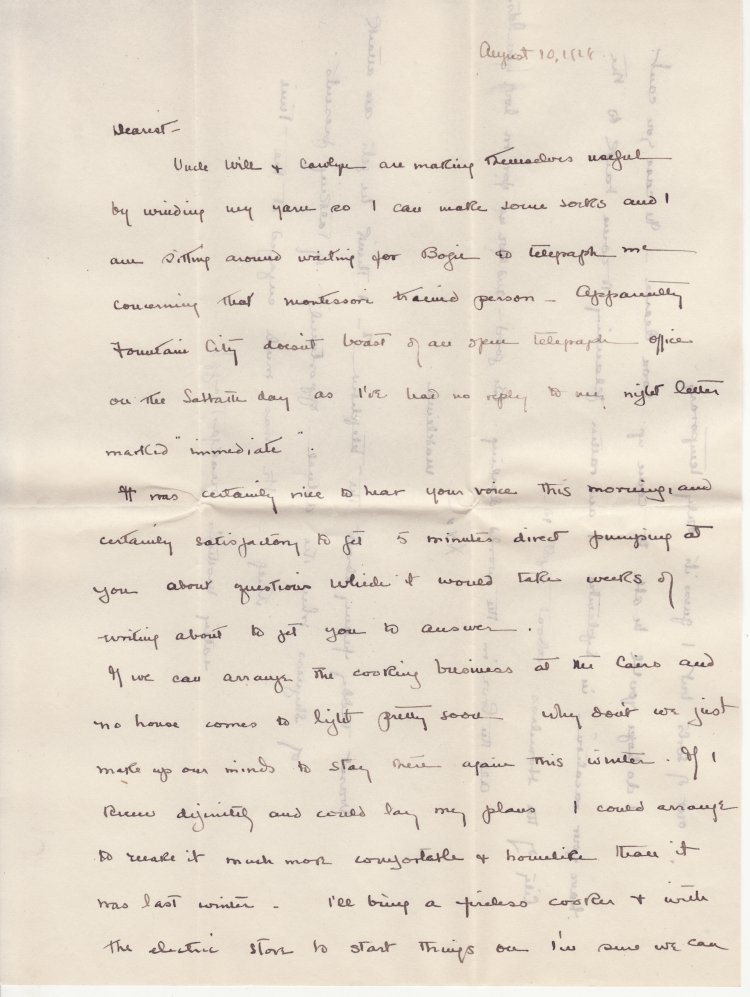 [X400JEC], Letter from Madeleine Edison to John Eyre Sloane, August 10th, 1918 1918-08-10
[X400JEC], Letter from Madeleine Edison to John Eyre Sloane, August 10th, 1918 1918-08-10 [X400JED], Letter from Madeleine Edison to John Eyre Sloane, August 13th, 1918 1918-08-13
[X400JED], Letter from Madeleine Edison to John Eyre Sloane, August 13th, 1918 1918-08-13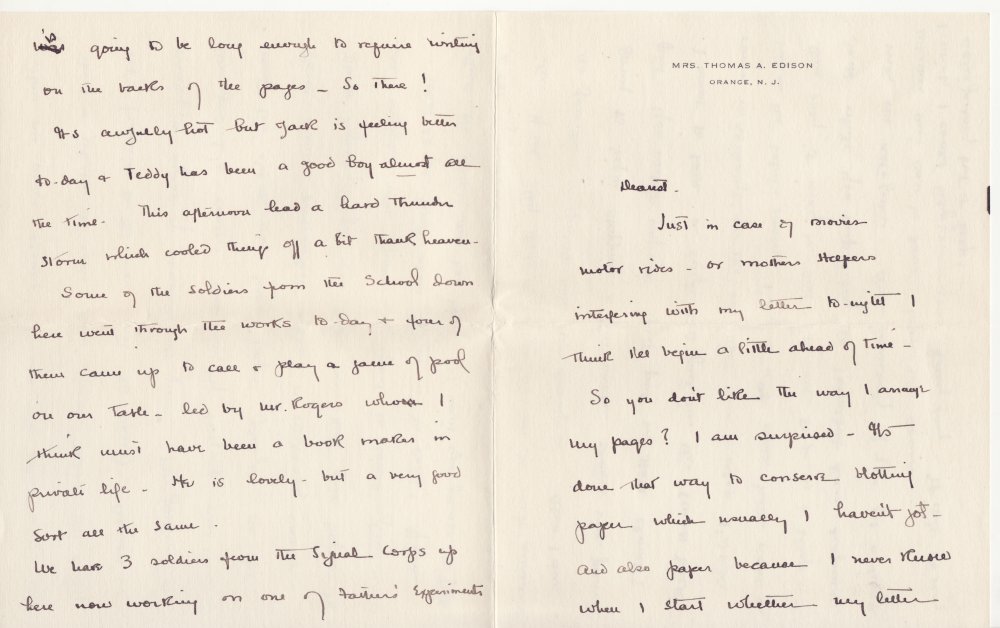 [X400JEE], Letter from Madeleine Edison to John Eyre Sloane, August 15th, 1918 1918-08-15
[X400JEE], Letter from Madeleine Edison to John Eyre Sloane, August 15th, 1918 1918-08-15 [X400JEF], Letter from Madeleine Edison to John Eyre Sloane, August 15th, 1918 1918-08-15
[X400JEF], Letter from Madeleine Edison to John Eyre Sloane, August 15th, 1918 1918-08-15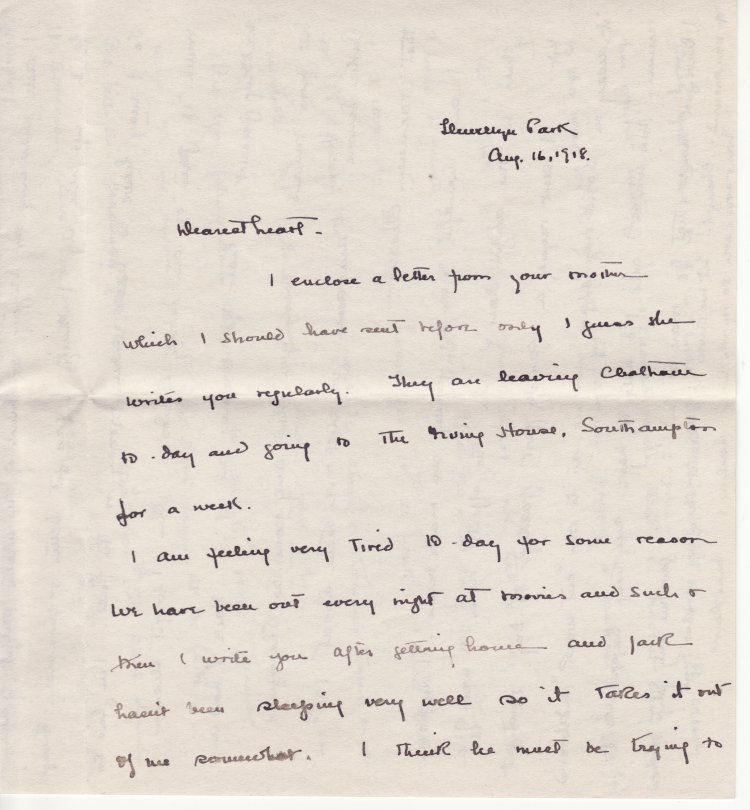 [X400JEG], Letter from Madeleine Edison to John Eyre Sloane, August 16th, 1918 1918-08-16
[X400JEG], Letter from Madeleine Edison to John Eyre Sloane, August 16th, 1918 1918-08-16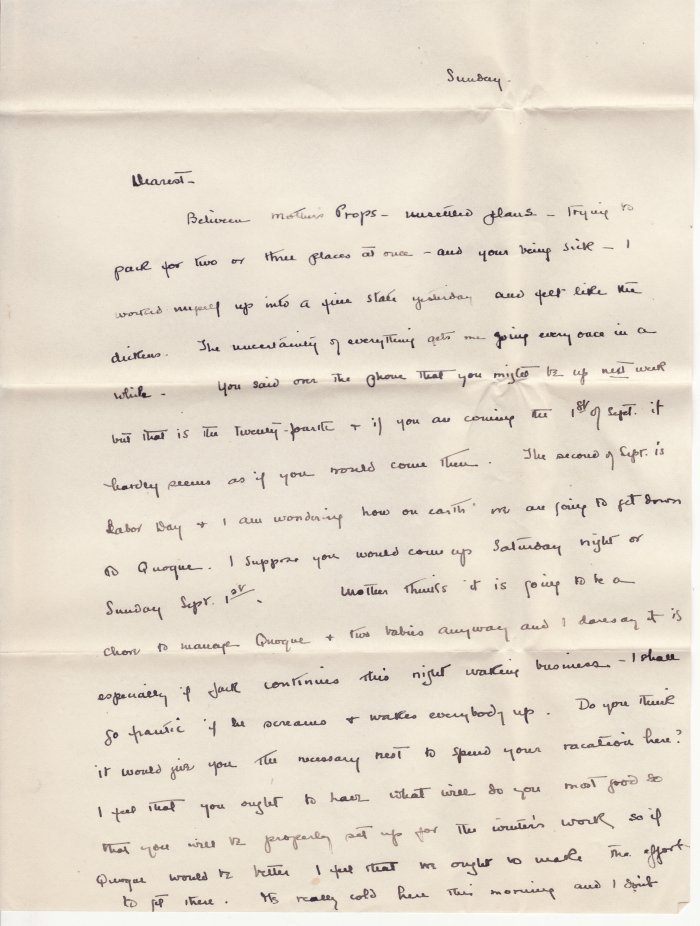 [X400JEH], Letter from Madeleine Edison to John Eyre Sloane, August 18th, 1918 1918-08-18
[X400JEH], Letter from Madeleine Edison to John Eyre Sloane, August 18th, 1918 1918-08-18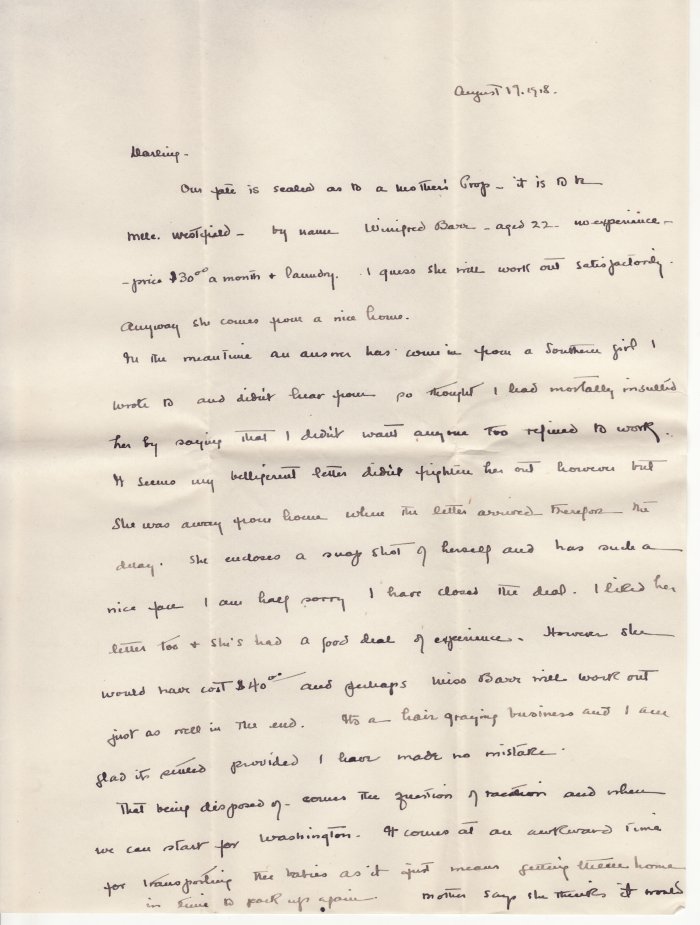 [X400JEI], Letter from Madeleine Edison to John Eyre Sloane, August 19th, 1918 1918-08-19
[X400JEI], Letter from Madeleine Edison to John Eyre Sloane, August 19th, 1918 1918-08-19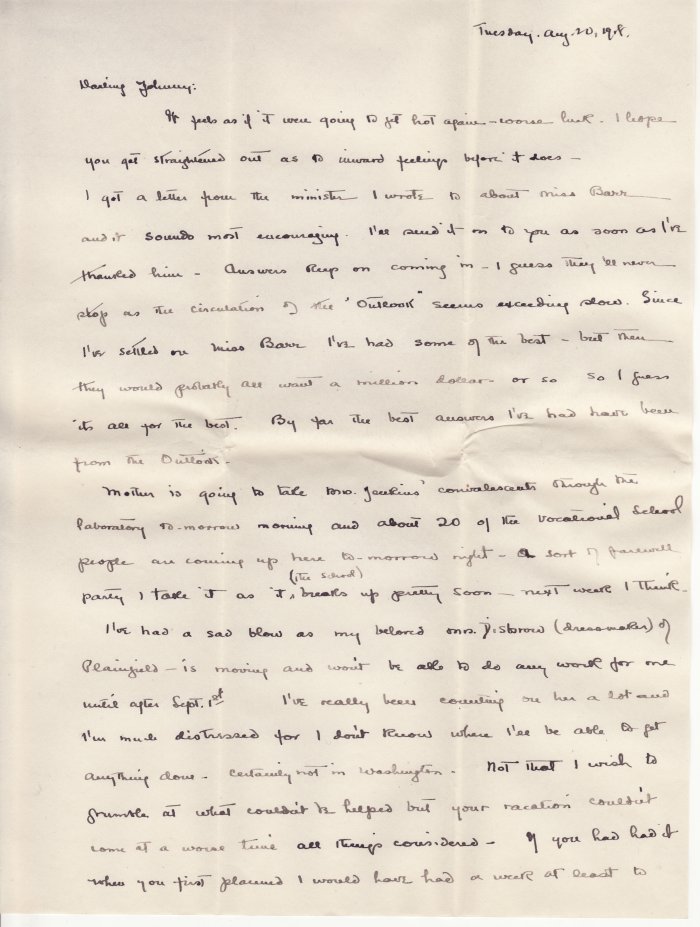 [X400JEJ], Letter from Madeleine Edison to John Eyre Sloane, August 20th, 1918 1918-08-20
[X400JEJ], Letter from Madeleine Edison to John Eyre Sloane, August 20th, 1918 1918-08-20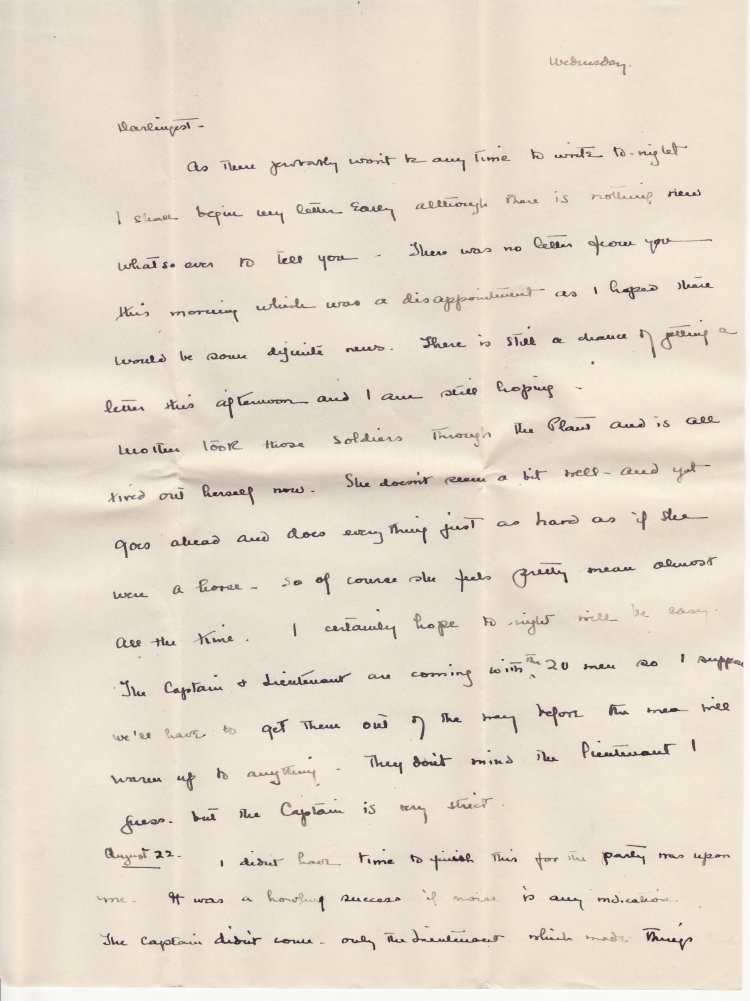 [X400JEK], Letter from Madeleine Edison to John Eyre Sloane, August 21st, 1918 1918-08-21
[X400JEK], Letter from Madeleine Edison to John Eyre Sloane, August 21st, 1918 1918-08-21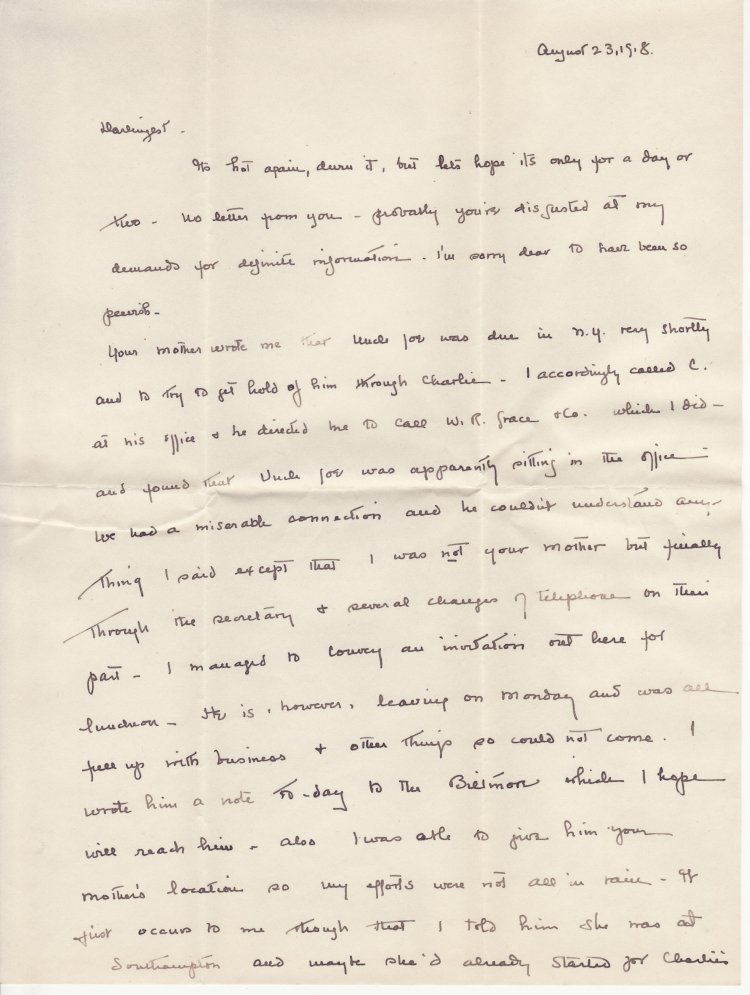 [X400JEL], Letter from Madeleine Edison to John Eyre Sloane, August 23rd, 1918 1918-08-23
[X400JEL], Letter from Madeleine Edison to John Eyre Sloane, August 23rd, 1918 1918-08-23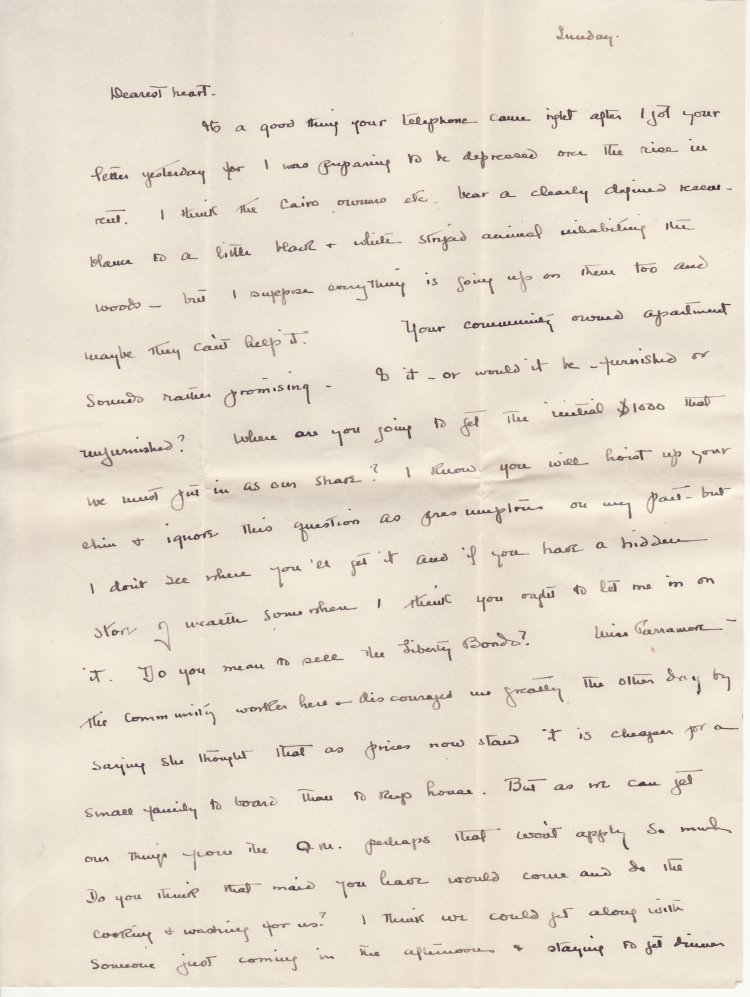 [X400JEM], Letter from Madeleine Edison to John Eyre Sloane, August 25th, 1918 1918-08-25
[X400JEM], Letter from Madeleine Edison to John Eyre Sloane, August 25th, 1918 1918-08-25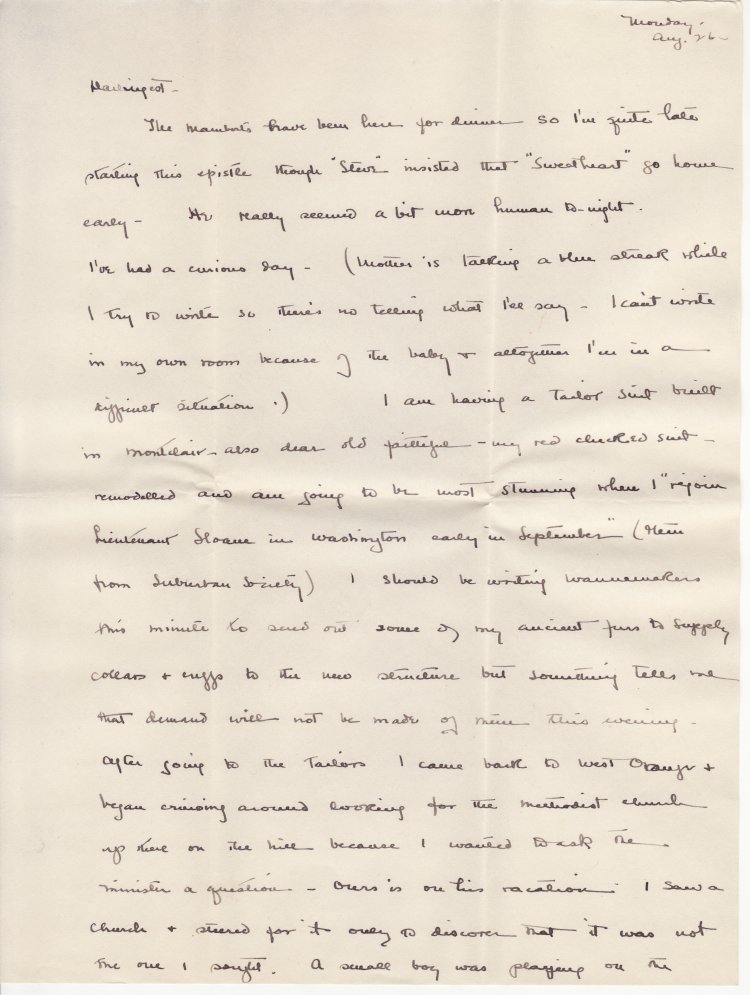 [X400JEN], Letter from Madeleine Edison to John Eyre Sloane, August 26th, 1918 1918-08-26
[X400JEN], Letter from Madeleine Edison to John Eyre Sloane, August 26th, 1918 1918-08-26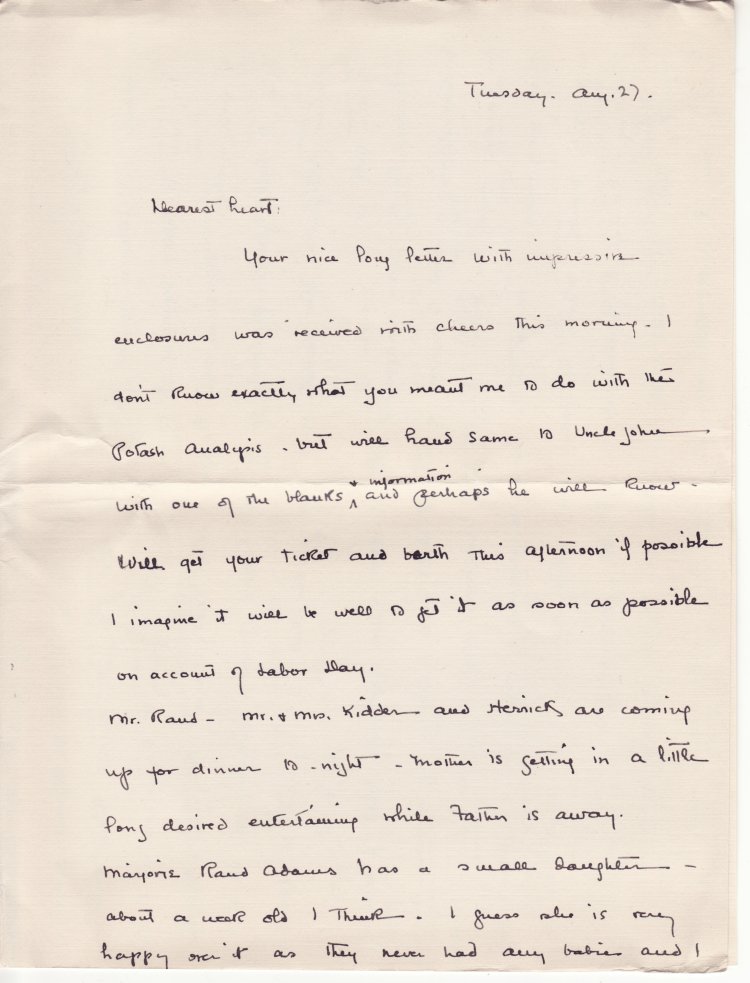 [X400JEO], Letter from Madeleine Edison to John Eyre Sloane, August 27th, 1918 1918-08-27
[X400JEO], Letter from Madeleine Edison to John Eyre Sloane, August 27th, 1918 1918-08-27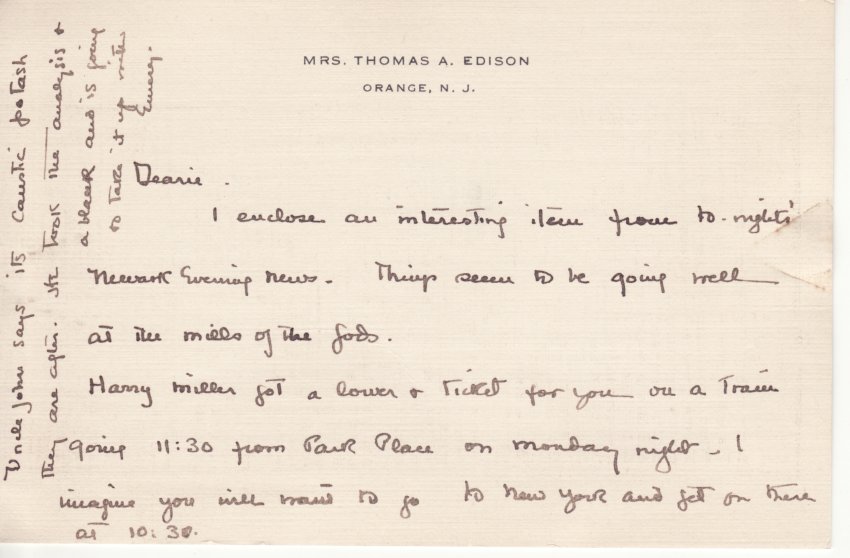 [X400JEP], Letter from Madeleine Edison to John Eyre Sloane, August 28th, 1918 1918-08-28
[X400JEP], Letter from Madeleine Edison to John Eyre Sloane, August 28th, 1918 1918-08-28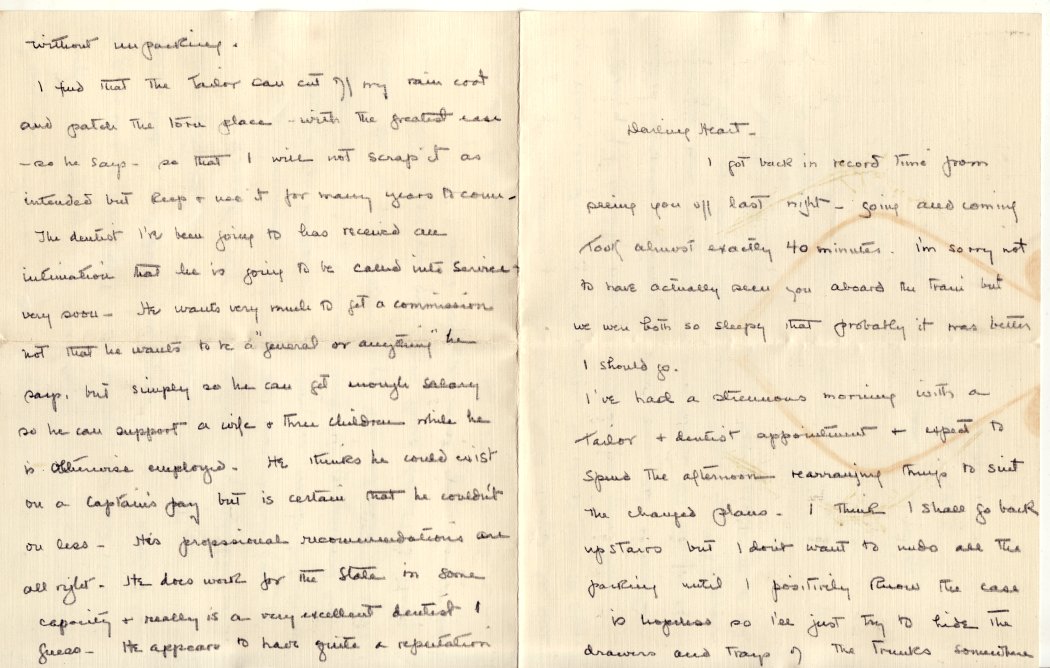 [X400JEQ], Letter from Madeleine Edison to John Eyre Sloane, September 3rd, 1918 1918-09-03
[X400JEQ], Letter from Madeleine Edison to John Eyre Sloane, September 3rd, 1918 1918-09-03 [X400JER], Letter from Madeleine Edison to John Eyre Sloane, September 5th, 1918 1918-09-05
[X400JER], Letter from Madeleine Edison to John Eyre Sloane, September 5th, 1918 1918-09-05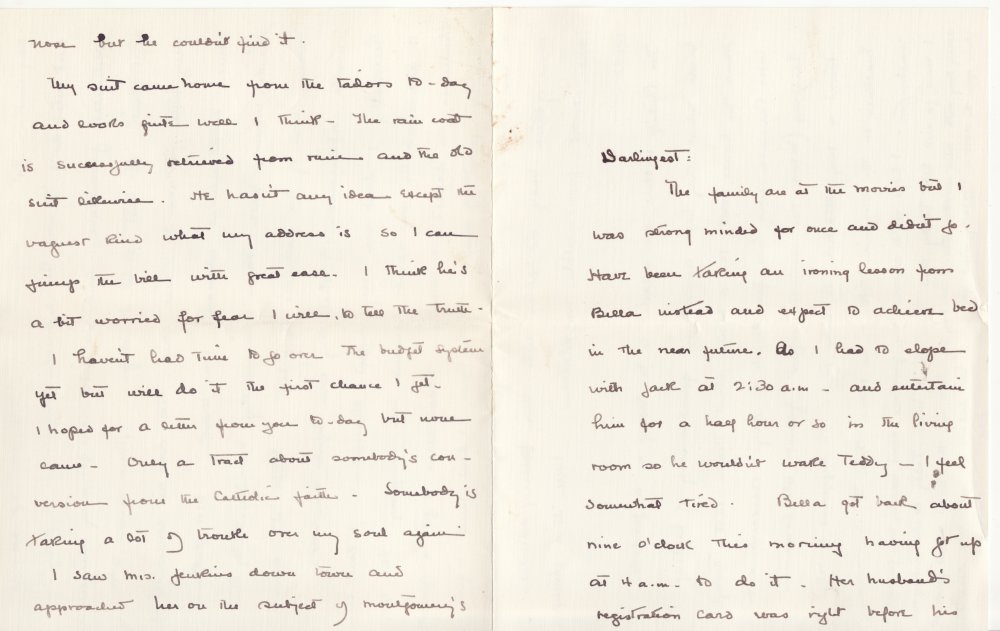 [X400JES], Letter from Madeleine Edison to John Eyre Sloane, September 6th, 1918 1918-09-06
[X400JES], Letter from Madeleine Edison to John Eyre Sloane, September 6th, 1918 1918-09-06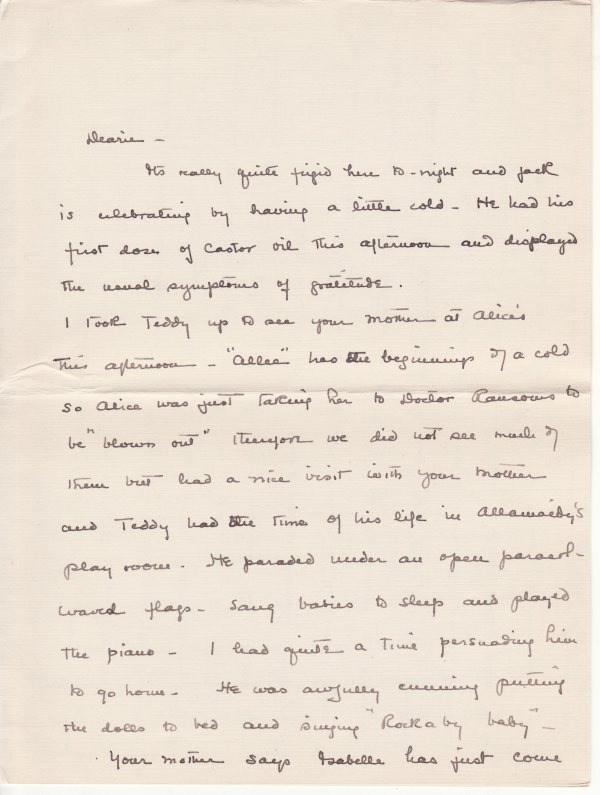 [X400JET], Letter from Madeleine Edison to John Eyre Sloane, September 7th, 1918 1918-09-07
[X400JET], Letter from Madeleine Edison to John Eyre Sloane, September 7th, 1918 1918-09-07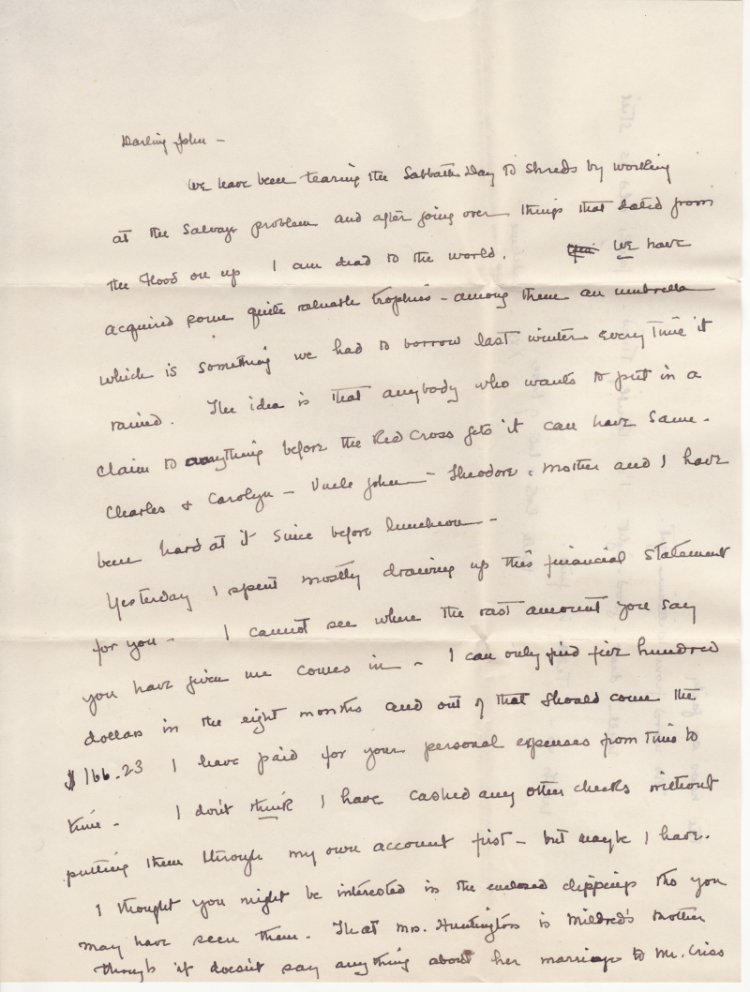 [X400JEU], Letter from Madeleine Edison to John Eyre Sloane, September 9th, 1918 1918-09-09
[X400JEU], Letter from Madeleine Edison to John Eyre Sloane, September 9th, 1918 1918-09-09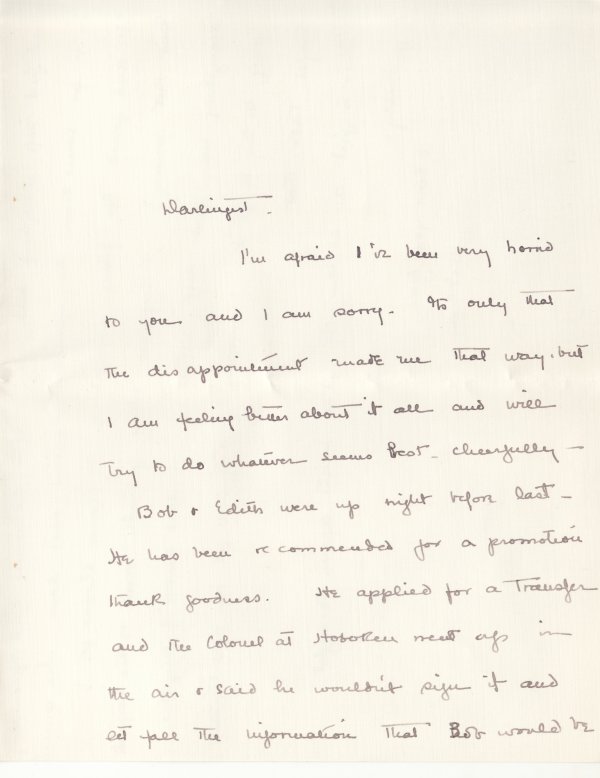 [X400JEV], Letter from Madeleine Edison to John Eyre Sloane, September 9th, 1918 1918-09-09
[X400JEV], Letter from Madeleine Edison to John Eyre Sloane, September 9th, 1918 1918-09-09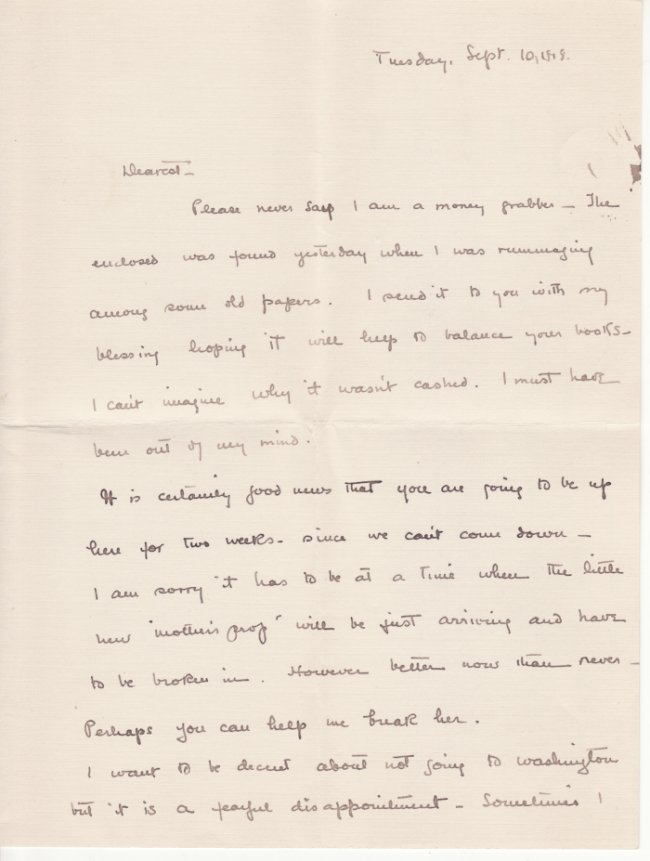 [X400JEW], Letter from Madeleine Edison to John Eyre Sloane, September 10th, 1918 1918-09-10
[X400JEW], Letter from Madeleine Edison to John Eyre Sloane, September 10th, 1918 1918-09-10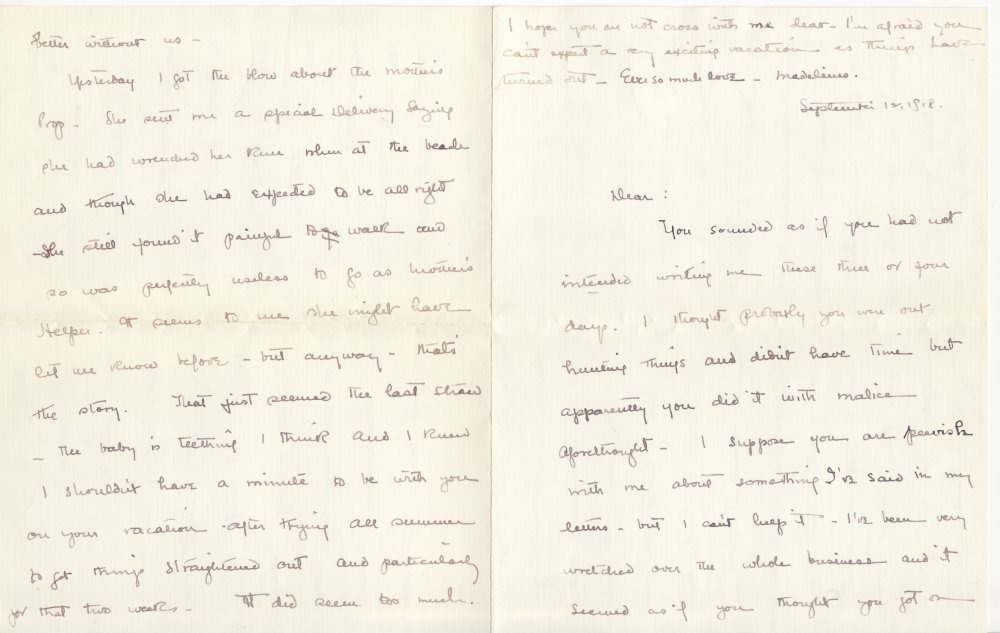 [X400JEX], Letter from Madeleine Edison to John Eyre Sloane, September 12th, 1918 1918-09-12
[X400JEX], Letter from Madeleine Edison to John Eyre Sloane, September 12th, 1918 1918-09-12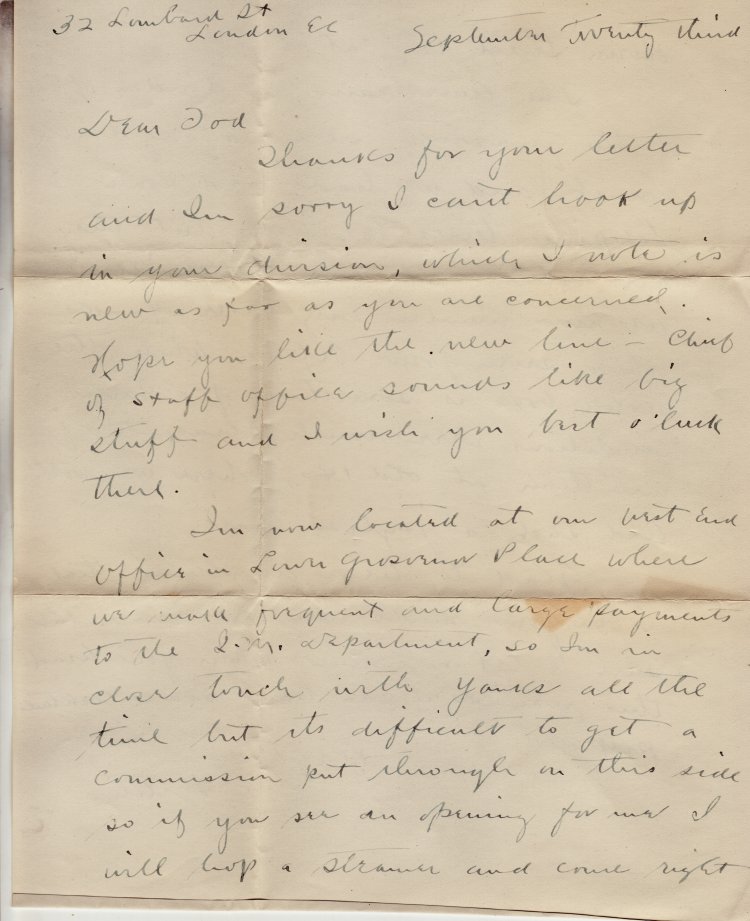 [X400JEX1], Letter from W E Hitchcock to John Eyre Sloane, September 23rd, 1918 1918-09-23
[X400JEX1], Letter from W E Hitchcock to John Eyre Sloane, September 23rd, 1918 1918-09-23 [X400JEY], Letter from Mina Miller (Mrs Thomas A.) Edison to Madeleine Edison, October 13th, 1918 1918-10-13
[X400JEY], Letter from Mina Miller (Mrs Thomas A.) Edison to Madeleine Edison, October 13th, 1918 1918-10-13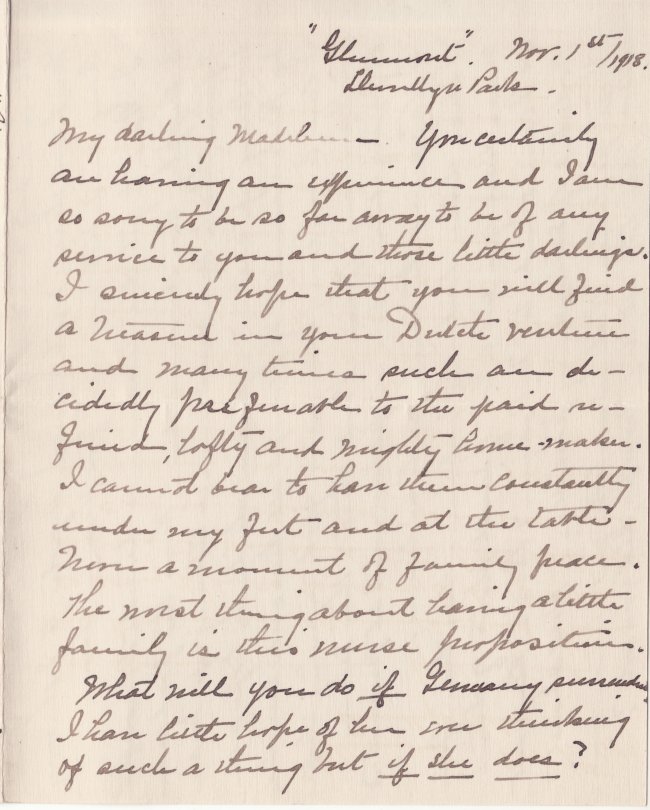 [X400JEZ], Letter from Mina Miller (Mrs Thomas A.) Edison to Madeleine Edison, November 1st, 1918 1918-11-01
[X400JEZ], Letter from Mina Miller (Mrs Thomas A.) Edison to Madeleine Edison, November 1st, 1918 1918-11-01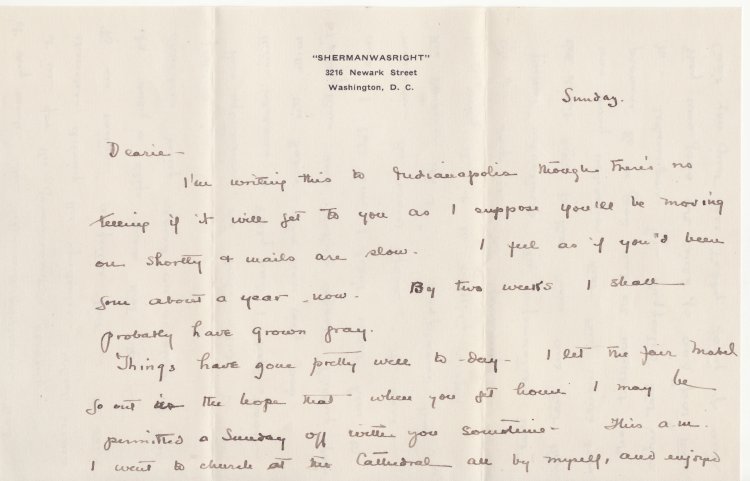 [X400JFA], Letter from Madeleine Edison to John Eyre Sloane, November 10th, 1918 1918-11-10
[X400JFA], Letter from Madeleine Edison to John Eyre Sloane, November 10th, 1918 1918-11-10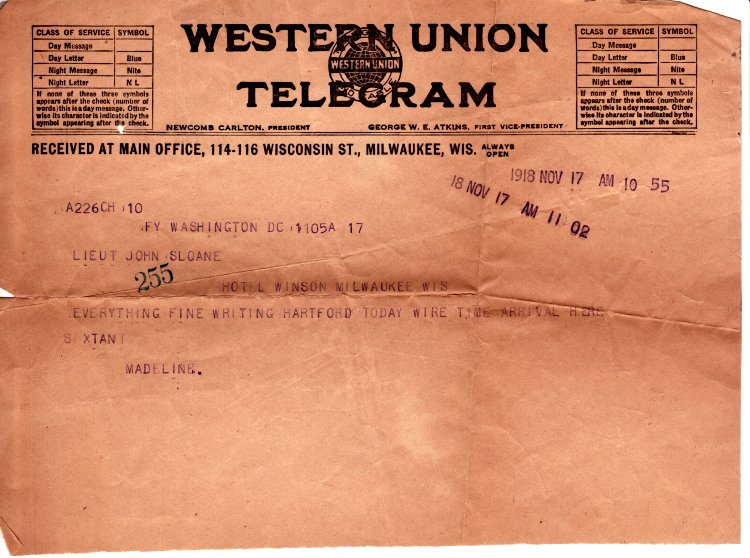 [X400JFB], Telegram from Madeleine Edison to John Eyre Sloane, November 17th, 1918 1918-11-17
[X400JFB], Telegram from Madeleine Edison to John Eyre Sloane, November 17th, 1918 1918-11-17 [X400JFC], Letter from Madeleine Edison to John Eyre Sloane, November 17th, 1918 1918-11-17
[X400JFC], Letter from Madeleine Edison to John Eyre Sloane, November 17th, 1918 1918-11-17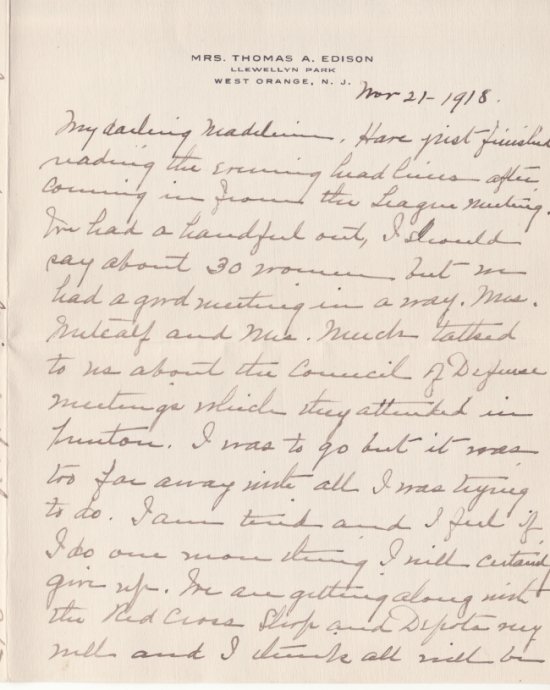 [X400JFD], Letter from Mina Miller (Mrs Thomas A.) Edison to Madeleine Edison, November 21st, 1918 1918-11-21
[X400JFD], Letter from Mina Miller (Mrs Thomas A.) Edison to Madeleine Edison, November 21st, 1918 1918-11-21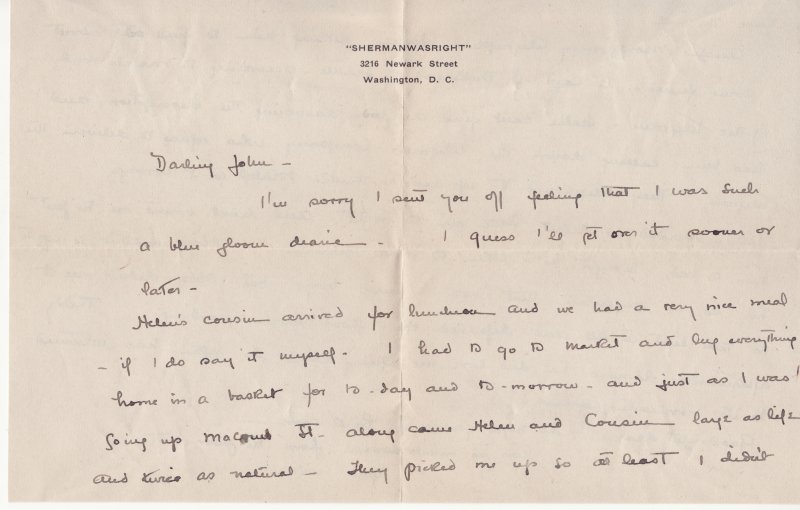 [X400JFE], Letter from Madeleine Edison to John Eyre Sloane, December 6th, 1918 1918-12-06
[X400JFE], Letter from Madeleine Edison to John Eyre Sloane, December 6th, 1918 1918-12-06 [X400JFF], Letter from Madeleine Edison to John Eyre Sloane, December 8th, 1918 1918-12-08
[X400JFF], Letter from Madeleine Edison to John Eyre Sloane, December 8th, 1918 1918-12-08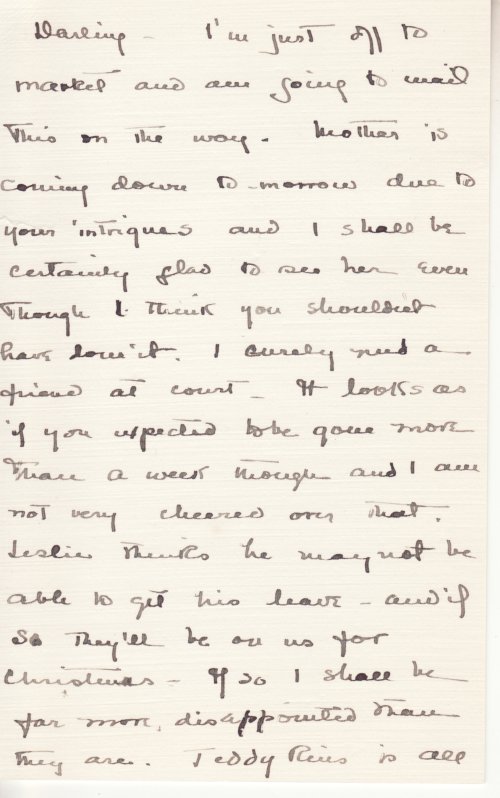 [X400JFG], Letter from Madeleine Edison to John Eyre Sloane, December 10th, 1912 1912-12-10
[X400JFG], Letter from Madeleine Edison to John Eyre Sloane, December 10th, 1912 1912-12-10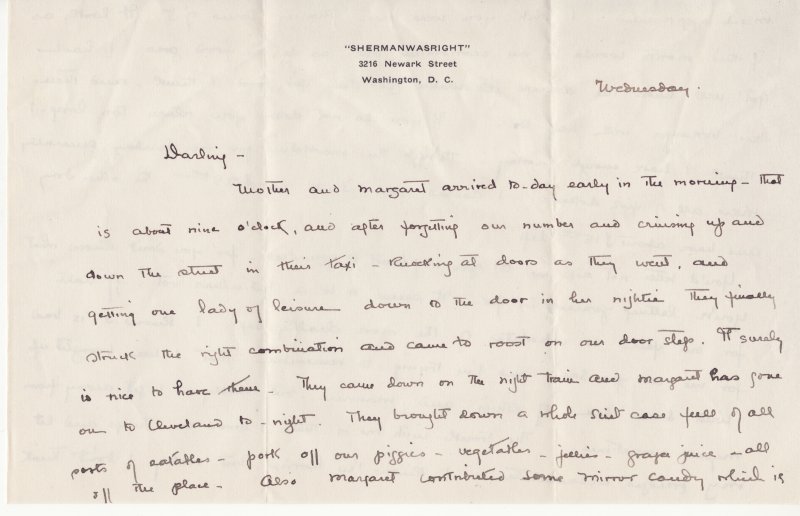 [X400JFH], Letter from Madeleine Edison to John Eyre Sloane, December 11th, 1912 1912-12-11
[X400JFH], Letter from Madeleine Edison to John Eyre Sloane, December 11th, 1912 1912-12-11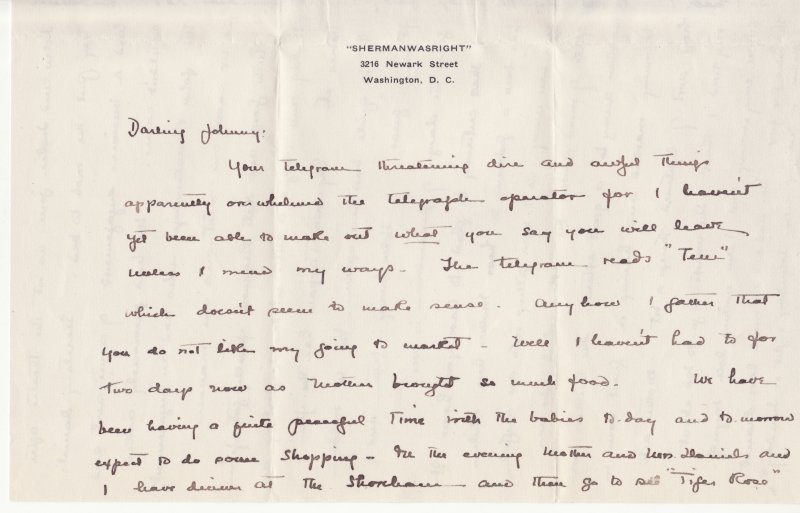 [X400JFI], Letter from Madeleine Edison to John Eyre Sloane, December 13th, 1918 1918-12-13
[X400JFI], Letter from Madeleine Edison to John Eyre Sloane, December 13th, 1918 1918-12-13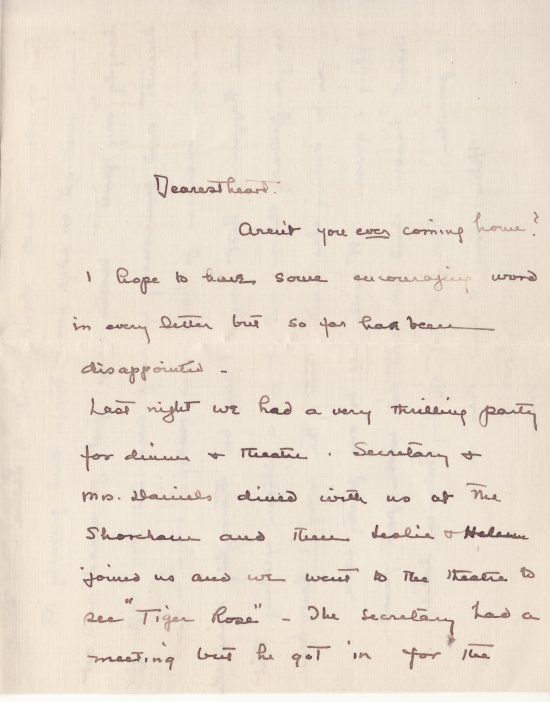 [X400JFJ], Letter from Madeleine Edison to John Eyre Sloane, December 14th, 1918 1918-12-14
[X400JFJ], Letter from Madeleine Edison to John Eyre Sloane, December 14th, 1918 1918-12-14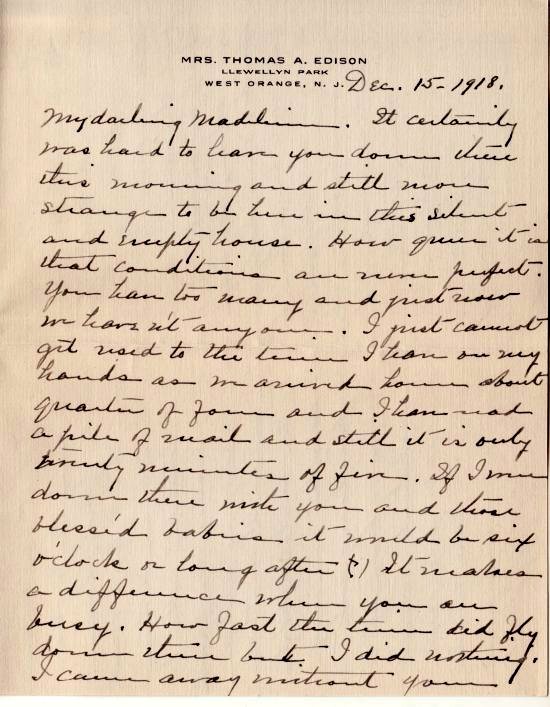 [X400JFK], Letter from Mina Miller (Mrs Thomas A.) Edison to Madeleine Edison, December 15th, 1918 1918-12-15
[X400JFK], Letter from Mina Miller (Mrs Thomas A.) Edison to Madeleine Edison, December 15th, 1918 1918-12-15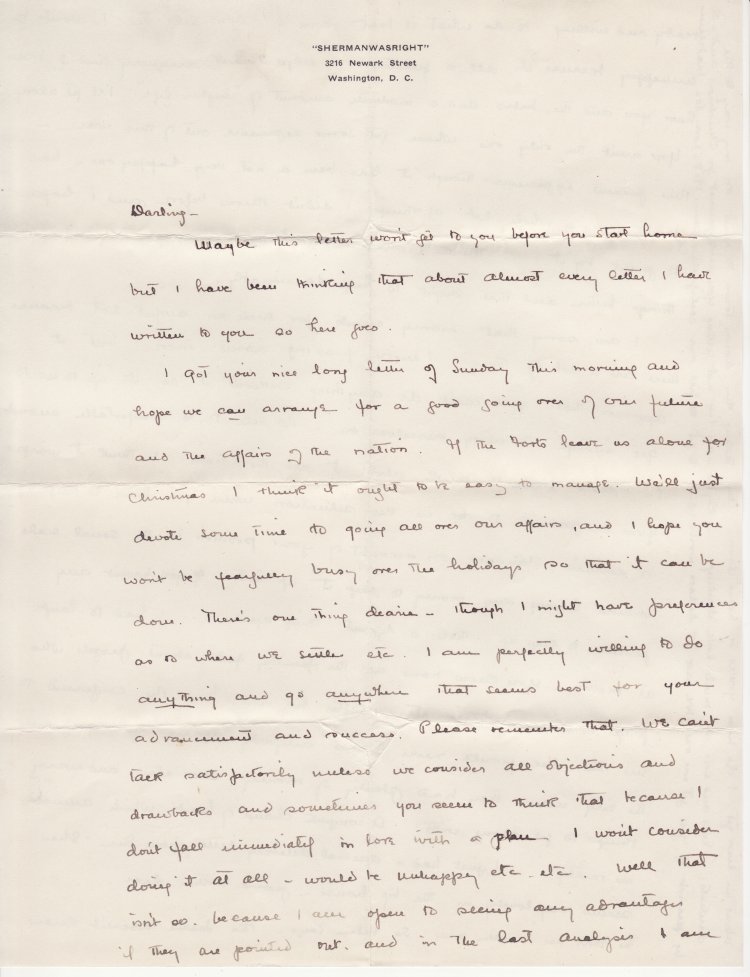 [X400JFL], Letter from Madeleine Edison to John Eyre Sloane, December 19th, 1918 1918-12-19
[X400JFL], Letter from Madeleine Edison to John Eyre Sloane, December 19th, 1918 1918-12-19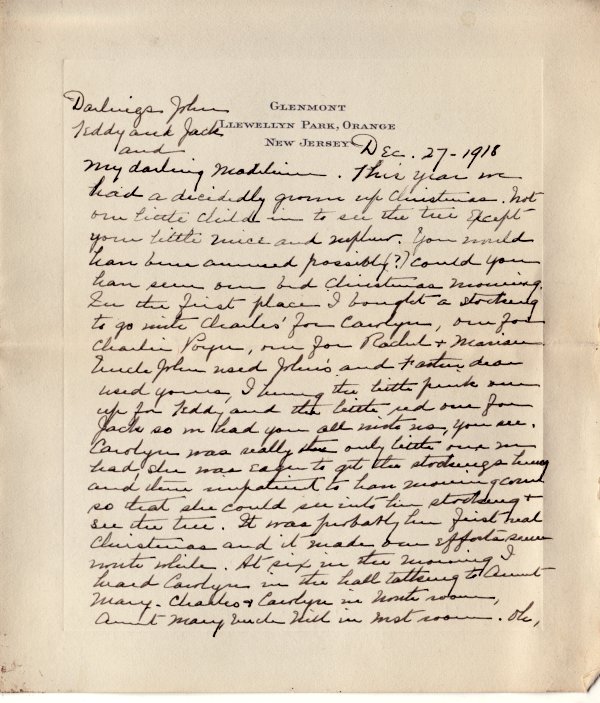 [X400JFM], Letter from Mina Miller (Mrs Thomas A.) Edison to Thomas Edison Sloane, John Edison Sloane, Madeleine Edison, John Eyre Sloane, December 27th, 1918 1918-12-27
[X400JFM], Letter from Mina Miller (Mrs Thomas A.) Edison to Thomas Edison Sloane, John Edison Sloane, Madeleine Edison, John Eyre Sloane, December 27th, 1918 1918-12-27